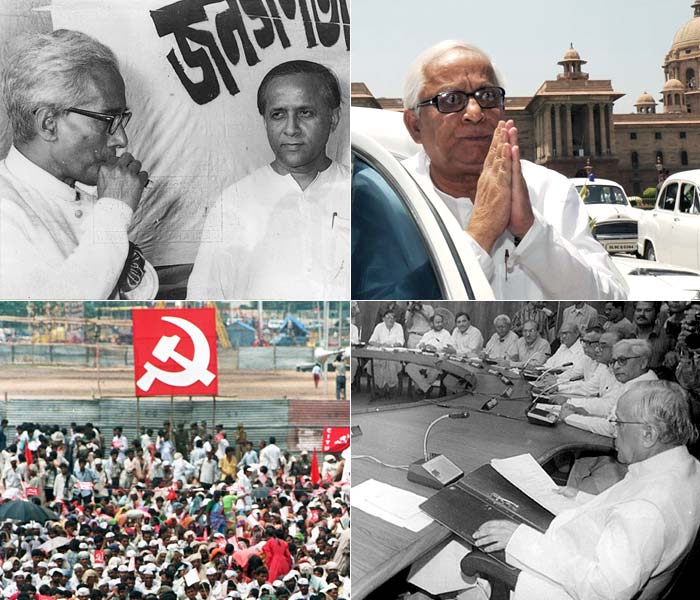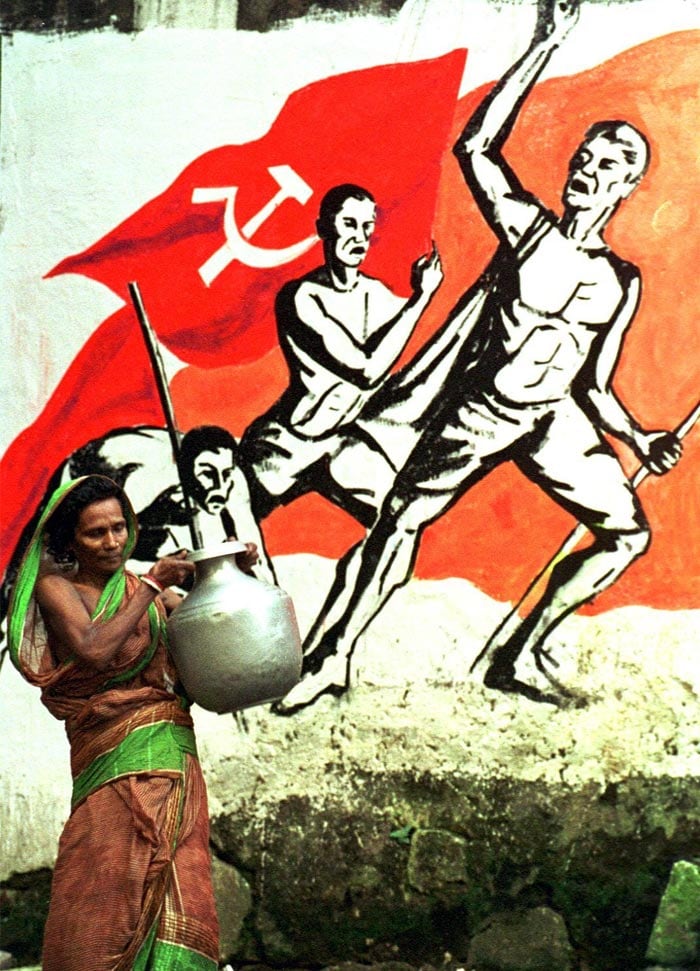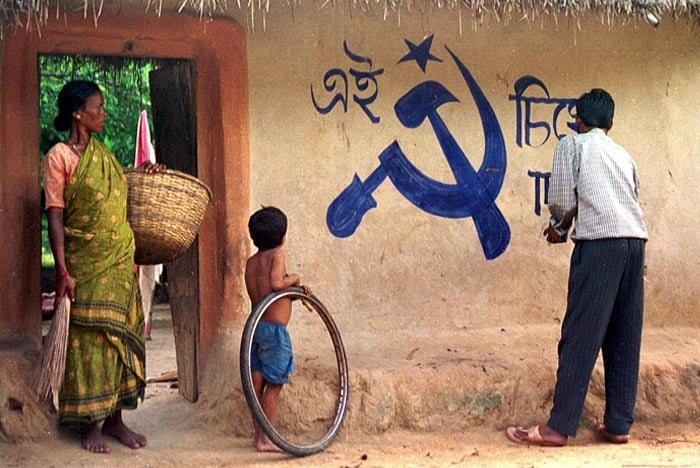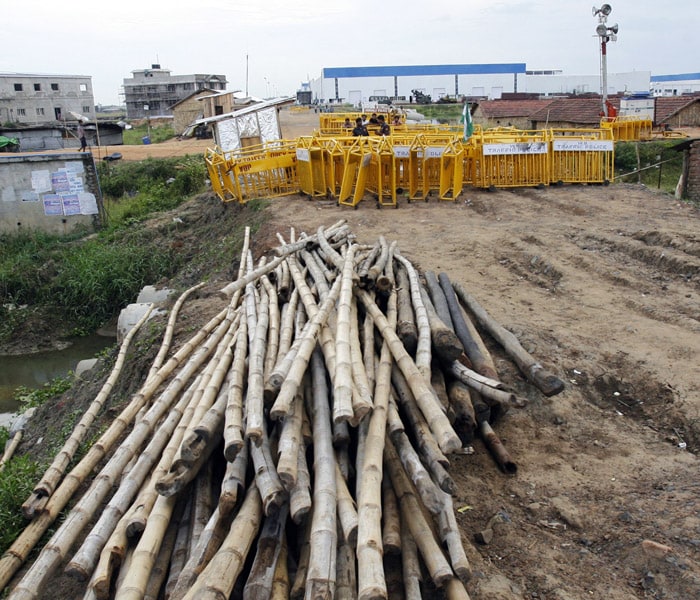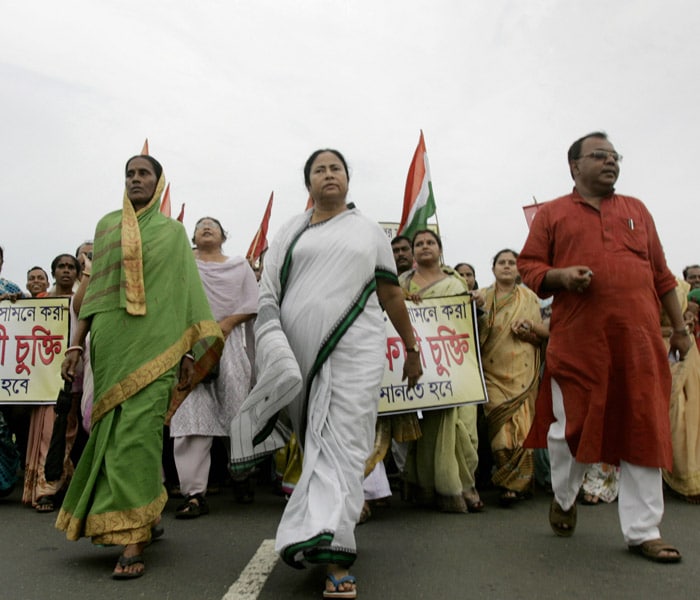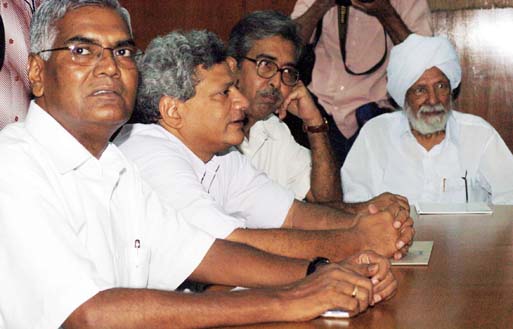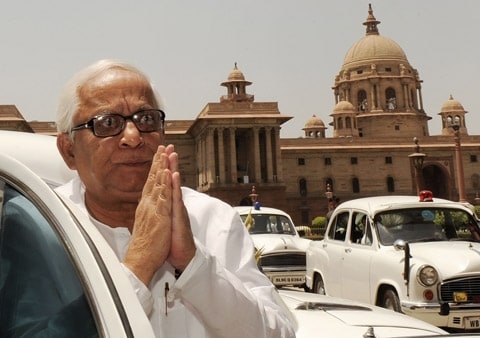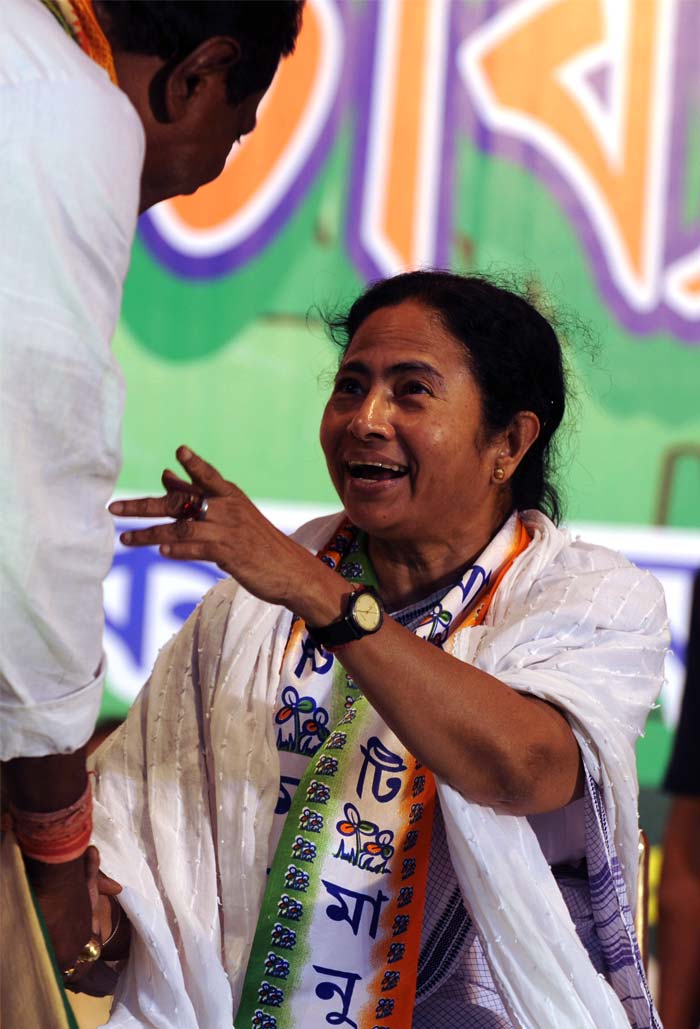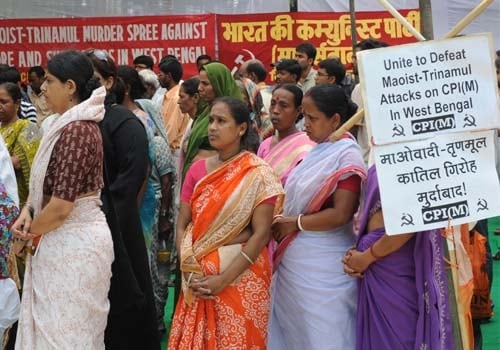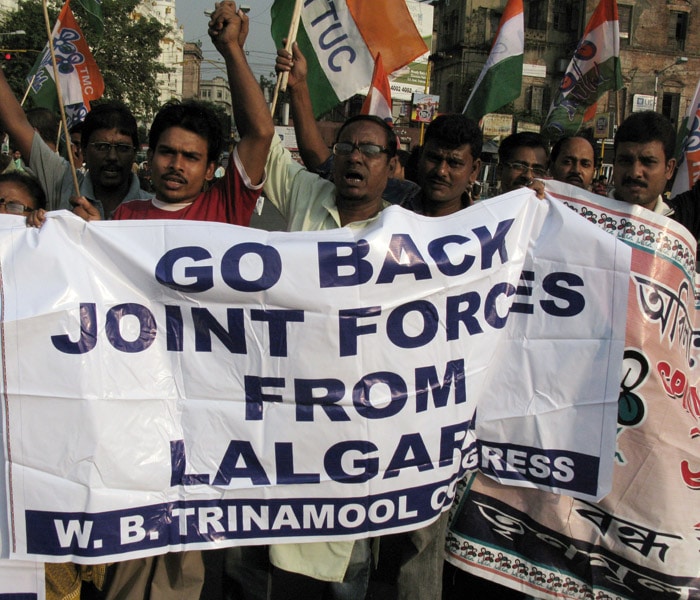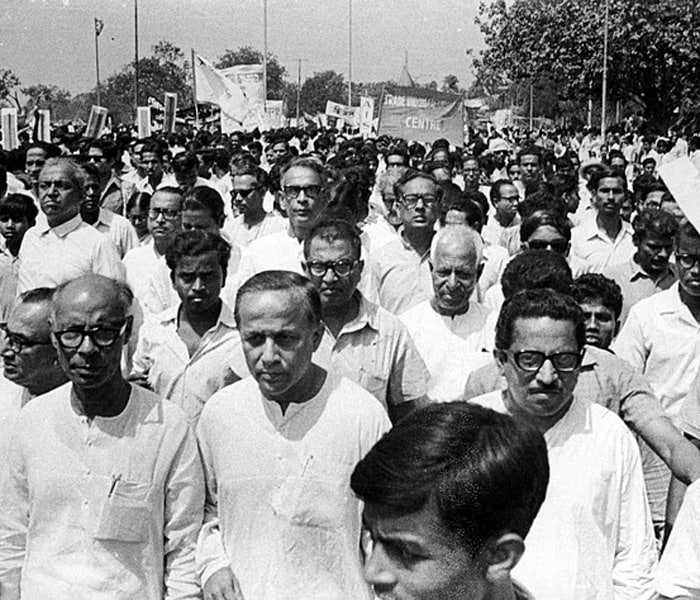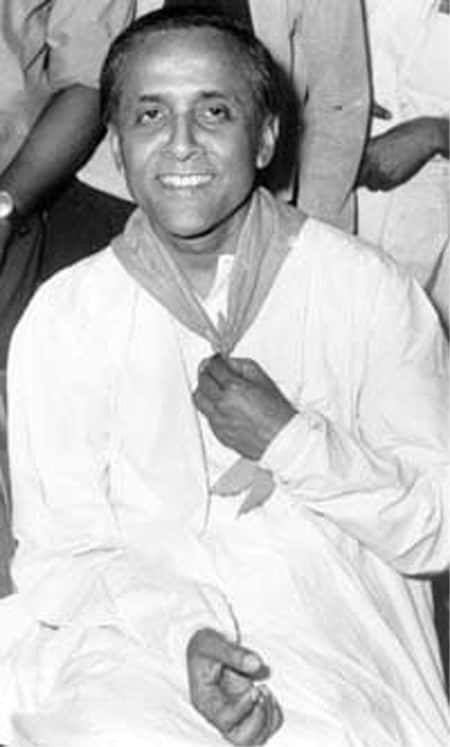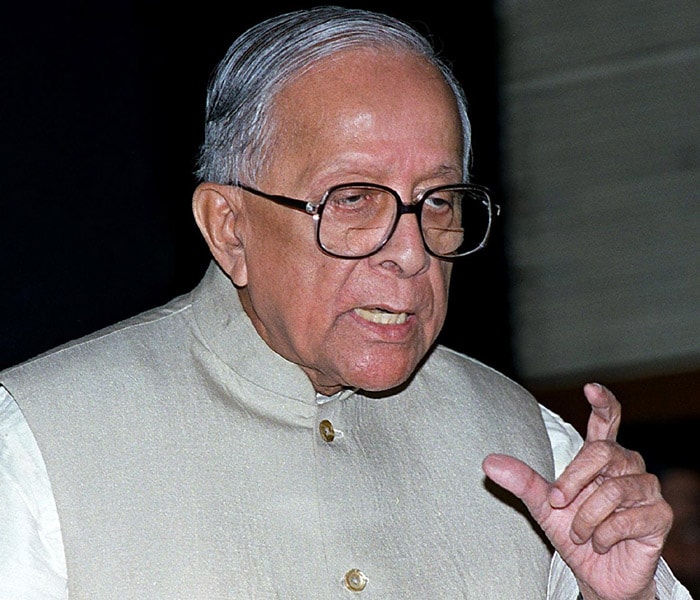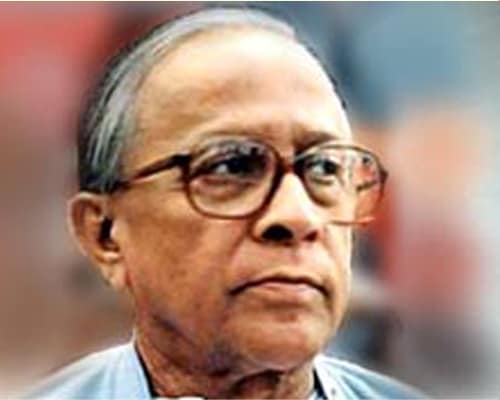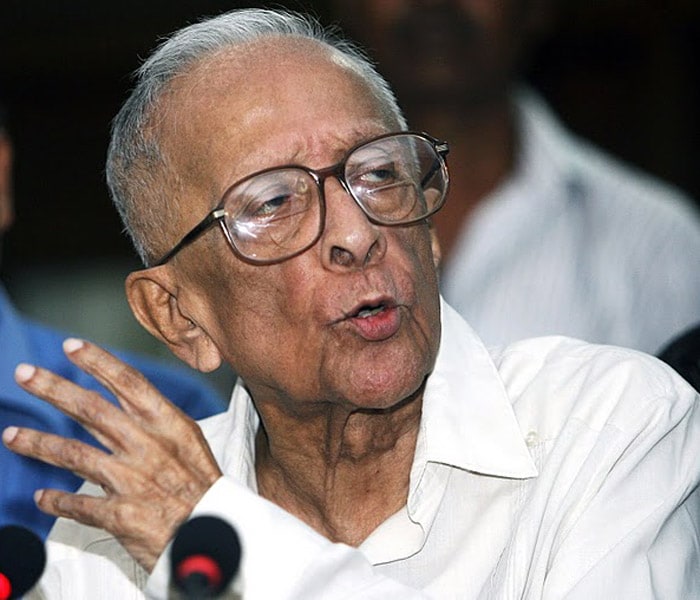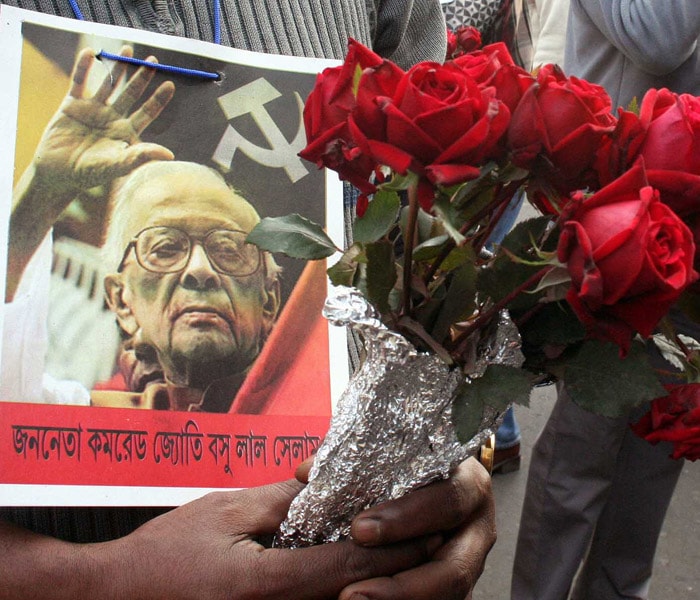30 years of Left rule in West Bengal
If opinion polls are anything to go by, India's political history will once again be at the threshold of a revolutionary change. The CPM-led Left Front Government that has been ruling West Bengal undefeated since 1977 is facing the worst crisis in its 33 years of hegemonic rule.
-
Friday the 13 proved unlucky for the Left. And lucky for a woman who formed her own party 13 years ago with the one-point agenda to rid Bengal of Left rule. After 34 years, the Communists have been ousted in West Bengal.
Here's a look at the journey of the CPI-M and allies in West Bengal, often called the last true bastion of Communism. The last bastion just crumbled. -
The Left built its fort on the unwavering support it generated through major agrarian reforms starting late 70s. Rural households in the state benefited massively from the land reforms, earning a life-long loyalty of the farmers that kept the Leftists in power for so long.
-
Even in 1960, West Bengal had the highest per capita GDP of any state in India.
The Left Front began a land reform program, handing plots to over a million small farmers. It established self-governing village councils called panchayats, a system adopted across India. -
The economic record of West Bengal under the Left Front, however, was not exactly glorious. A high burden of debt and what Jyoti Basu termed as 'Step Motherly Treatment' by the Centre left little resources with the state government. West Bengal urgently needed industrial development to adjust its agricultural-skewed economy.
-
Buddhadeb Bhattacharjee took over from Jyoti Basu as Chief Minister in 2000. There was much praise for Buddhadeb's vision of a modern, industrial Bengal and the state in 2003 saw a record industrial investment and the release of an IT policy to invite Infotech firms.
-
Under the 123 Agreement, also known as the Indo-US Civil Nuclear deal, India agreed to separate its civil and military nuclear facilities and place all its civil nuclear facilities under IAEA safeguards. In exchange, the United States agreed to work toward full civil nuclear cooperation with India.
-
Singur gave Mamata Banerjee the entry point she had been waiting for. She spearheaded protests by farmers against the creation of a Special Economic Zone that would allow big industry into West Bengal, effectively usurping farmland and livelihoods.
In 2006, she headed a rally against the plant-in-making at Singur. Once a small-time campaigner, Banerjee's popularity soared after she was beaten up while leading one such protest. The Tatas bowed out of Bengal in 2008. -
But Singur wasn't the only setback for the Left. The state government was also forced to shelve plans for a chemical hub in Nandigram after dozens of villagers died in protests.
It was the events in Nandigram, in March 2007, which made things worse for Buddhadeb. A government sanctioned siege of Nandigram, one of the two flashpoints of the anti-SEZ protests, left 14 villagers dead and at least 70 others injured. For the first time in decades, supporters of the Left, turned against Buddhadeb. -
By 1996, when he became chief minister for the fifth time, Basu had acquired national stature. During this year, when the United Front was all set to form the Union government, Basu was asked to be prime minister. However, the CPI(M) Politburo decided not to participate in the government.
-
One of Jyoti Basu's last public appearances was on 8th July 2009, his 95th birthday. His birthday wish -- that the Left's 30 year reign in West Bengal would remain uninterrupted. That dream has been killed by a Mamata shaped nail in the Left's political coffin

